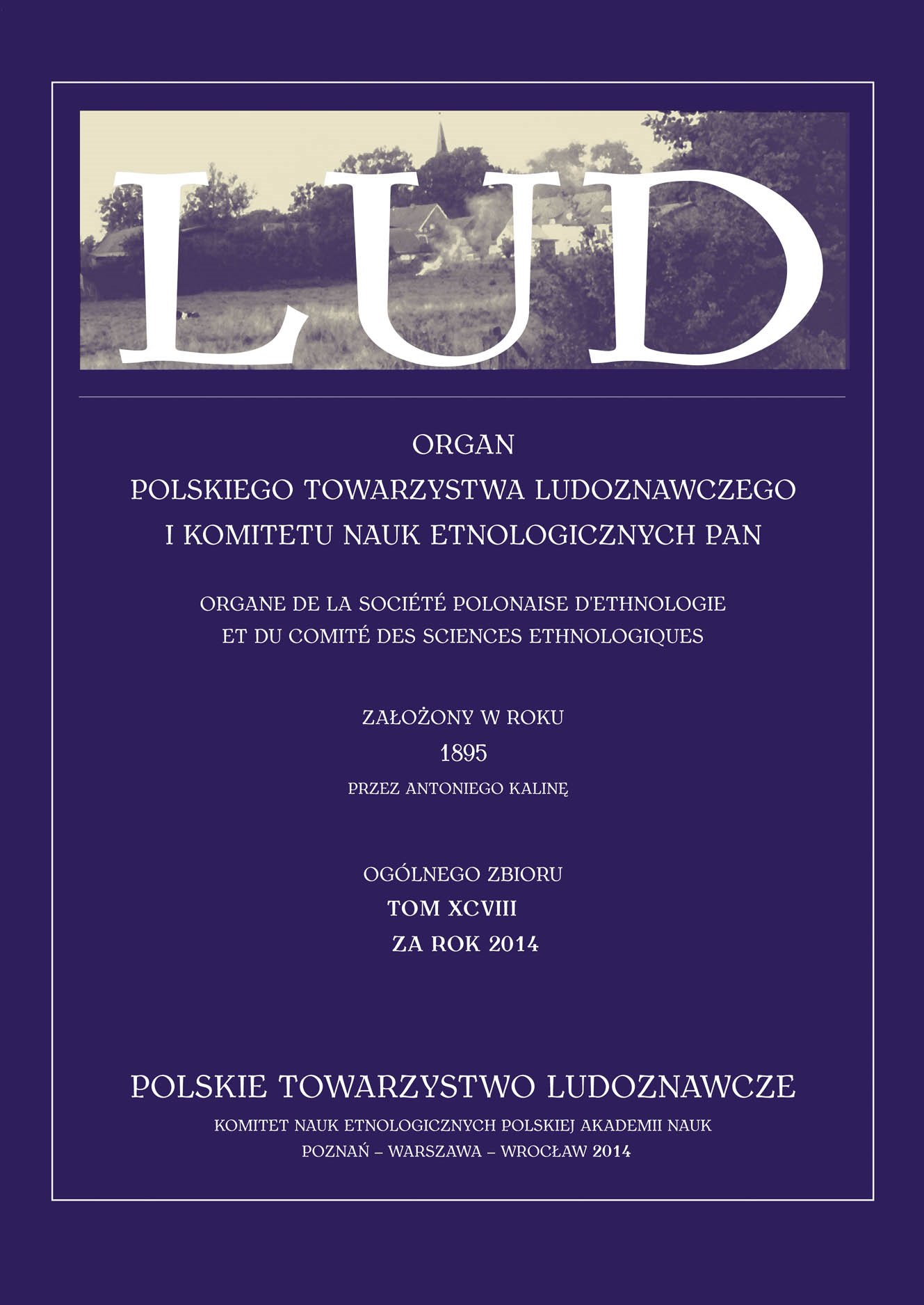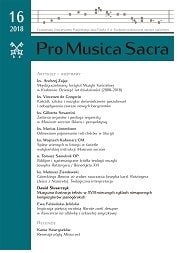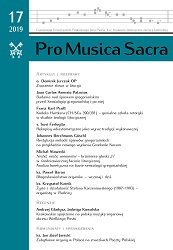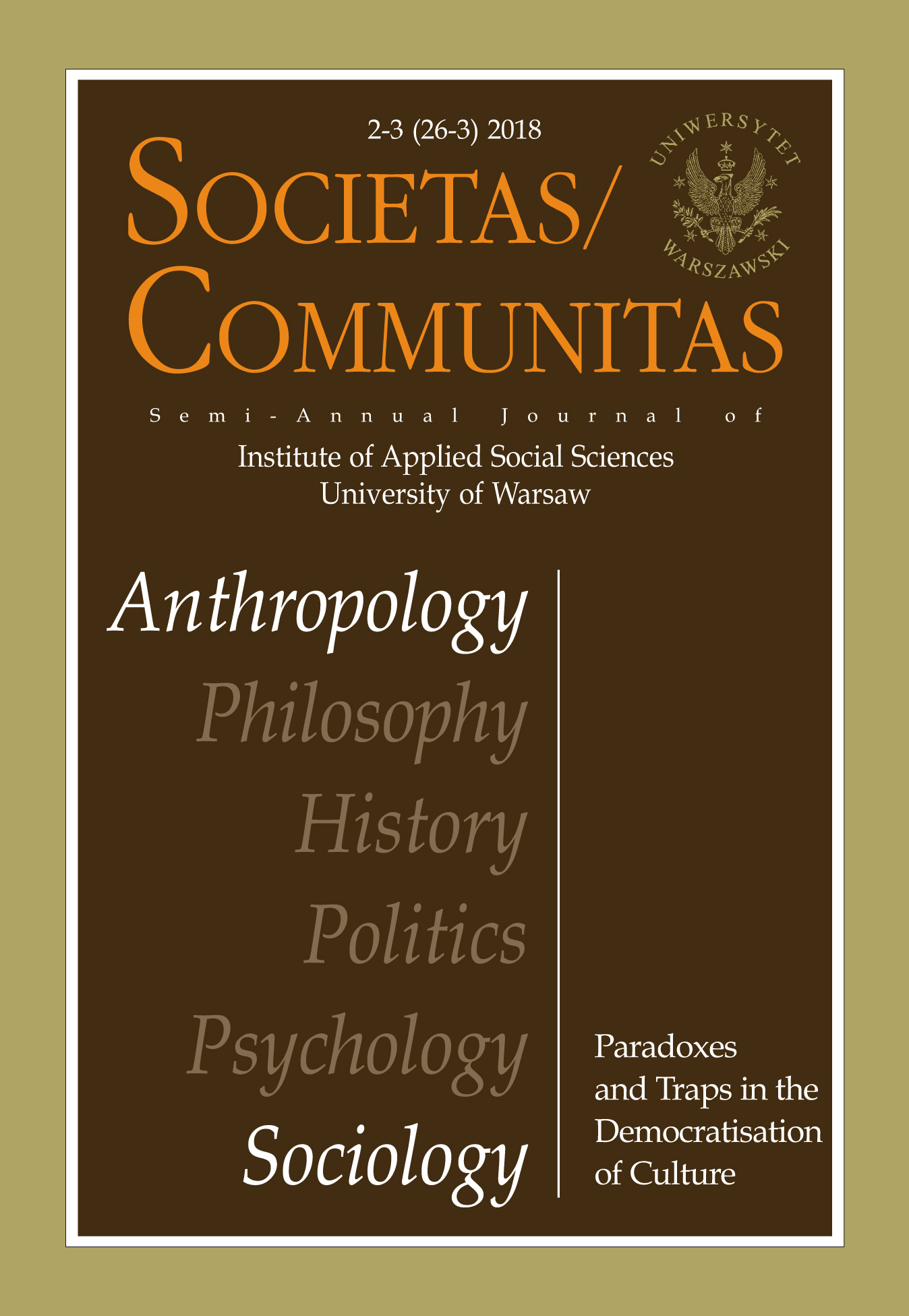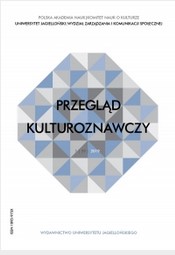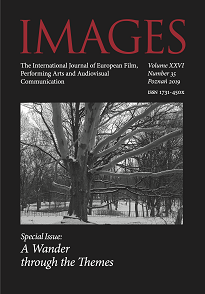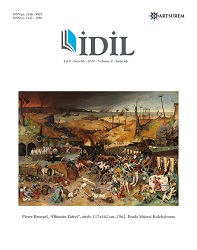
Barok Dönem Eserlerinde Piyano Tekniklerinin İncelenmesi
In the history of music, each period had its own characteristic features and pioneered and laid the foundations for the next period. In this respect, the Baroque period had similar characteristics in plastic arts, architecture, literature, painting and music, and it profoundly affected the subsequent periods technically and structurally. The Baroque period included important elements such as structural developments in instruments, innovations in the sound system, the formation of new forms of music, and advances in vocalization styles arising from technical and mechanical innovations in instruments. The invention of the mechanics of the first piano again took place in this period, completing the technical evolution of the "clavichord" and "harpsichord" instruments, which can be considered as the ancestors of today's piano. The research is a descriptive study conducted by scanning the literature. In this research, the general features of the Baroque period and the structural development process of the piano are mentioned, and the basic techniques used to reflect the harpsichord and the clavichord effect in order to help feel the period style while playing the works written in this period were determined and explained. As a result of the research, performing the works in a lively, clear and bright manner and improvising the commonly used ornaments, using the pedal as little as possible, using the portato, non legato, portamento techniques of articulation in place and correctly, a flamboyant form of performance suitable for the magnificence of the period, providing good hand and finger balance for the prominent playing of the melodies which support the counterpointal harmony were found to be significant in terms of reflecting the playing style of the baroque period.
More...
